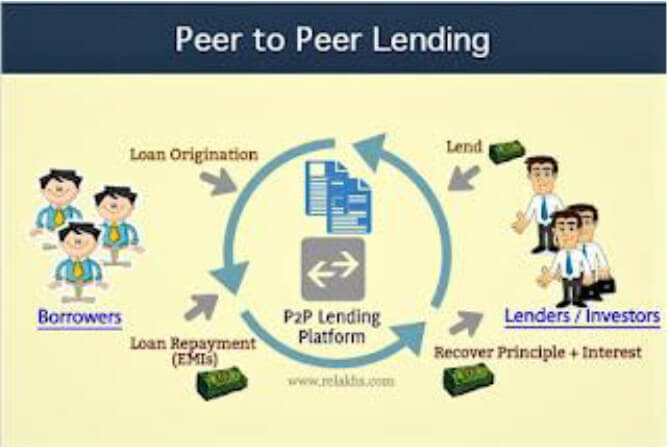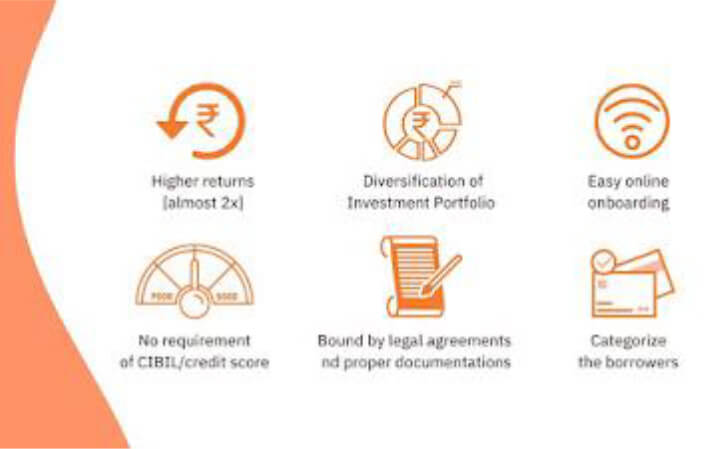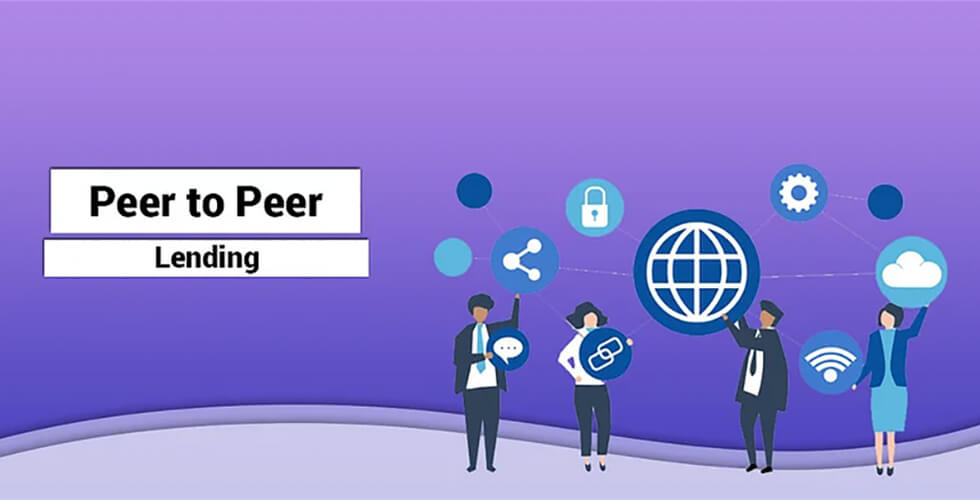As we know nowadays our financial world is evolving drastically due to thousands of innovative products or strategies, the Involvement of technology, Artificial Intelligence, etc. The last decade has seen several financial innovations. Bitcoin, blockchain technology, ETFs and Peer-to-Peer (P2P) lending are some of the new financial avenues which shift the variety of investments options from big banks and the deepest pockets to smart individuals and start-ups.
Traditional Indian Lending
In India, this lending culture is too old. Earlier some Shorffs lent money to the borrowers at higher interest rates and took some collateral or securities. Then organised banking and NBFC culture has been introduced but still for personal loans majority of Indians rely on their friends, family members, money lenders, and business associates for borrowing money even today. In India, there is still a huge unregulated market of unorganised Lending, which considers being a very high risky option in the hands of lenders as well as borrowers both.
But since 2017, as RBI issued directions to NBFC to get P2P lending certification, The largest offline crowdfunding market in the world-India is now also evolving to be a giant online P2P lending marketplace. However, the UK was the first country to have a P2P lending online platform in the year 2012. P2P lending is the transaction between a lender, a borrower and a P2P platform. In India currently, there is 10-15 RBI registered NBFC platforms that provide peer to peer lending services.
How do these work?

Why pay EMIs when you can Earn the same:
- Under Peer to peer lending, you invest your hard earn money in form of lending and get a monthly income in form of EMIs (Principal + Interest).
- Your money is been lent to more than one category of borrowers as per your choice.
- You don’t need to find the borrower. That task is being done by the P2P platform.
- You will have an option to get cashflows credited in your bank account or you can reinvest the same to the new set of borrowers.
- You will also get to know the basic details of your borrowers. (Though you can’t connect him directly)
Why Invest in the P2P lending market?

Benefits of Investment in P2P lending Markets:
- To get higher returns (almost double) than FDs or any other debt products
- To diversify your Investment Portfolio based on Asset allocation and Risk profiling
- The transparent, quick and easy online onboarding process
- No requirement of any CIBIL score or credit score for borrowers
- An investor can categorise the borrowers as per their risk appetite
- All the transactions supported by legal agreements and proper documentation
Increasing digital penetration and growing awareness of digital transactions are helping fintech build and penetrate new markets like P2P lending. With the sector now being regulated by RBI, there will be better transparency in the system and higher confidence amongst participants, thereby leading to better growth of the industry as a whole.
Investment Strategy
Even though in this segment risk is diversified and managed, still it is considered a risky product and one should invest up to 8-10% of your total portfolio in this Peer to Peer lending segment.
Taxation
Taxable as per slab rate as an Interest income under the IFOS head

